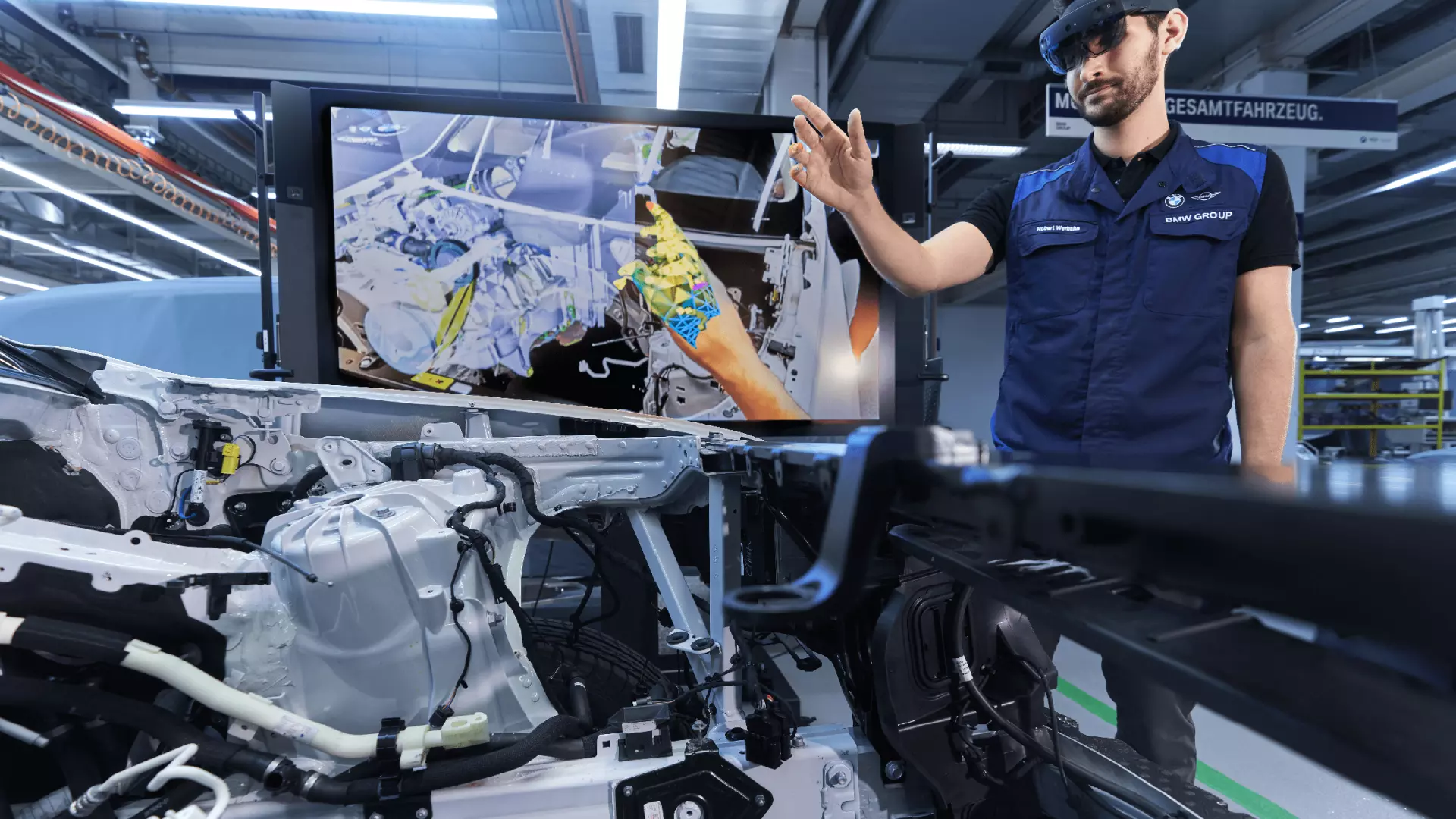Comments
- No comments found

Augmented reality (AR) in marketing is trending post-pandemic. Many businesses are incorporating AR to stay ahead of their competition.
According to Statista, the number of AR users in 2022 will likely be over 1.1 billion. By 2024, they expect this number to reach a massive 1.73 billion.
Below are five companies that have been successfully embracing AR technology to improve their marketing efforts.
IKEA is a relatively early adopter of augmented reality, which has allowed them to make headway, creating an even more functional, user-friendly platform.
The IKEA Studio app offers homeowners the opportunity to view an entire 3D room plan. The user can then test out furniture and colour patterns to see how their room will look in real life. They can even factor in windows and doors, with the whole experience being in proportion to their real-life room.

Image Credit: IKEA
There’s a catch, though—the IKEA Studio app is in its beta phase. At this time, most people with an Apple LiDAR-powered iPhone can access the app. You’ll need to sign up to use it, which has created quite the buzz and anticipation around this AR rollout.
If you aren’t eligible to use IKEA Studio at this time, you can still use IKEA’s original Place app. The app will allow you to place furniture or decorations in a room one at a time.
Once IKEA releases its IKEA Studio version to the public, it’s easy to see how much it will benefit their marketing techniques; people will no doubt gravitate towards a platform that allows them to see a room in its entirety with an endless amount of furniture and décor.
In April 2021, Amazon launched an experimental brick-and-mortar hair salon in London. Customers can take advantage of Amazon’s augmented reality app to see how a prospective hairstyle will look on them.
They can also try out different hair colours. That reassures customers, helping them avoid the gut-wrenching feeling of not knowing how their new hairdo will turn out.

Image Credit: Amazon UK
Furthermore, as customers browse through the two-story 1,500 square-foot salons, they can point to products they like on the shelves. Gone are the days of deciphering fine print on a bottle; a large display screen will showcase information about the product customers select.
A customer can then scan the product’s QR code, automatically placing the order and sending it to their house.
At this time, Amazon uses the Amazon Salon as a testing site. As a result, they can measure the impact of AR marketing. They do so by gathering data on customers’ interactions with their augmented reality technology and newly released products.
There are several approaches to augmented reality marketing, and Cadbury uses the active packaging technique. To draw in engagement from the teenager and adult market, they redid their traditional advent Christmas calendar by incorporating AR.
Users can access Cadbury’s AR technology by opening a Blippar app on their phone and using it to scan their calendar. Doing so unlocks the “door” to that calendar day, which has a filter showcasing various Cadbury-inspired candy and winter scenes.

Users can take a daily selfie as if they were inside the scenery of the calendar. So naturally, they then want to post their AR selfies on social media. As a result, it offers Cadbury a powerful source of organic marketing.
The icing on the “chocolate” is that Cadbury announces a “super selfie” filter on December 24th. So, it builds up excitement for users leading up to the big day.
In fact, Cadbury’s AR advent calendar campaign has been so successful that it received an award for the Best Use of Augmented Reality at The Drum MOMA Awards in 2018.
Lowe’s has been incorporating AR technology into its marketing practices to lure in customers by allowing them to see what their home improvement projects would look like when completed.
According to Lowe’s director of lab productions, people feel more confident purchasing tools and materials when they can visualize how the end product will look in their home.
By using Lowe’s AR app at home, customers receive several benefits, including:
Lowe’s is also dipping their toes in the virtual reality marketing space. However, they value AR because it’s a more cost-effective method that’s easier for the average person to adopt, given that the only technology they need is an app on their smartphone.
Lowe’s admits that one of their driving forces to incorporate AR technology into their marketing practices is to keep up with competition from Amazon. The goal is that customers will become familiar with and reliant on Lowe’s AR technology so that it becomes their first choice.
When it comes to AR marketing, a business doesn’t always have to showcase its products to drive consumers to its door. A British grocery store that’s popular in Europe, Tesco, is a perfect example of this.
In 2013, Tesco partnered with Disney to create the Tesco AR Discover App. The interactive app encourages kids to take superimposed selfies with characters from the movie Frozen.
They can take these selfies by picking up free Frozen stickers from Tesco stores. They can then scan the stickers, bringing them to life on the app with a 3D scene. Each sticker unlocks a new 3D selfie opportunity.
The benefits of such a marketing tactic have two advantages for Tesco. First, it drives foot traffic to their door. Secondly, many kids post their selfies on social media, spreading Tesco’s name and organically getting more children to download the app.
Tesco’s AR app goes beyond Frozen, though. It offers adults the option to watch recipe videos, enter competitions, and play other games that they can access after purchasing select Tesco products.
With a bit of imagination, the options are practically endless for augmented reality marketing. And that’s good news for businesses, given that studies show AR can improve customer experience and offer long-term brand benefits.
Leave your comments
Post comment as a guest